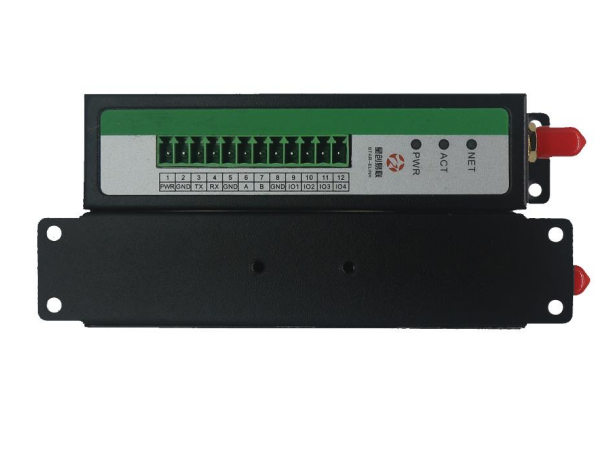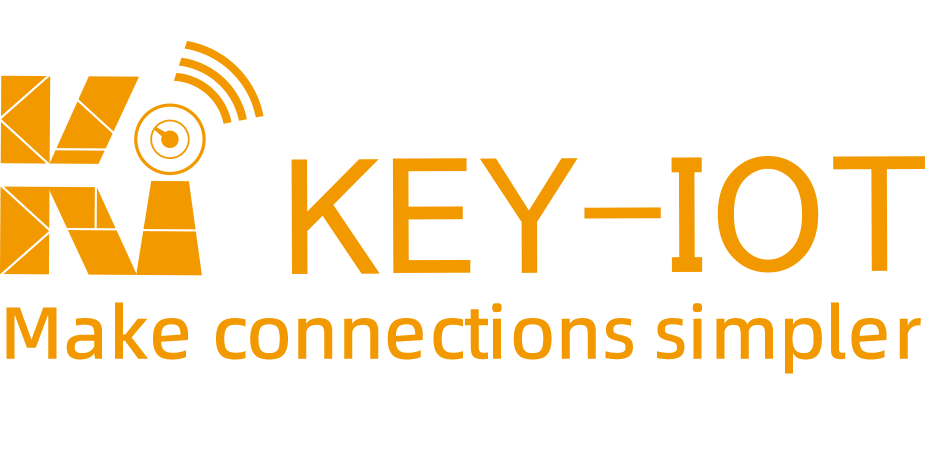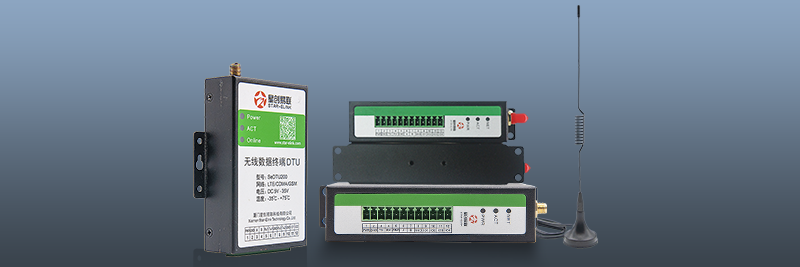Selecting High-Performance Industrial-Grade 4G Modules
When it comes to ensuring stable communication in weak signal environments, the choice of 4G module is crucial. Industrial applications should opt for industrial-grade 4G modules rather than consumer-grade ones. Industrial-grade modules feature optimized RF circuit designs, higher receiver sensitivity, and better anti-interference capabilities, resulting in improved communication stability in low-signal conditions.
Moreover, industrial-grade modules are built to withstand harsh operating conditions. They have a wider operating temperature range, typically from -40°C to +85°C, enabling them to function reliably in extreme heat or cold. They also boast a longer lifespan, often rated for 10 years or more, reducing the need for frequent replacements and minimizing maintenance costs.
In addition to performance and durability, industrial-grade 4G modules often come with advanced features tailored for industrial applications. These may include support for multiple network protocols (e.g., TCP, UDP, MQTT), built-in security mechanisms (e.g., VPN, encryption), and compatibility with industrial interfaces (e.g., RS232, RS485). Such features streamline system integration and enhance the overall reliability of the wireless communication solution.
Configuring External High-Gain Antennas
The antenna plays a vital role in determining the quality of 4G communication. In areas with weak signals, configuring an external high-gain antenna can significantly improve signal strength. Compared to built-in antennas, external antennas offer better gain and directionality, allowing them to capture even the faintest signals more effectively.
When selecting an external antenna, several factors should be considered. The antenna gain, measured in dBi, indicates the antenna’s ability to concentrate radio waves in a specific direction. Higher gain antennas provide better signal reception but have a narrower beam width. The antenna type (e.g., omni-directional, directional) should be chosen based on the specific application scenario and the desired coverage area.
Proper antenna placement is equally important. The antenna should be installed at an appropriate height and location, away from signal-blocking obstacles. In outdoor environments, the antenna should be mounted on a mast or pole, preferably above the roofline, to achieve a clear line-of-sight with the nearest cell tower. In indoor settings, the antenna should be positioned near windows or other areas with minimal signal attenuation.
To further optimize antenna performance, techniques such as antenna diversity and MIMO (Multiple Input, Multiple Output) can be employed. Antenna diversity involves using multiple antennas to mitigate the effects of signal fading and multipath interference. MIMO technology leverages multiple antennas to transmit and receive multiple data streams simultaneously, increasing data throughput and improving signal reliability.
Enabling Multi-Mode, Multi-Band Functionality

4G LTE Modem
In addition to the primary 4G network modes like FDD-LTE and TDD-LTE, mobile operators often deploy 3G and 2G networks as fallback options in certain areas. Advanced industrial 4G modules support multi-mode, multi-band functionality, allowing them to seamlessly switch between 4G, 3G, and 2G networks based on signal availability.
Multi-mode, multi-band modules offer several advantages over single-mode modules. They provide a wider coverage area, as they can connect to different network types depending on the location. This is particularly beneficial in regions where 4G coverage is limited or in areas with mixed network deployments. By automatically falling back to 3G or 2G networks when 4G signals are weak, these modules ensure uninterrupted connectivity.
Furthermore, multi-mode, multi-band modules offer better network redundancy and resilience. If one network experiences an outage or congestion, the module can quickly switch to an alternative network, minimizing downtime. This feature is crucial for mission-critical applications that require always-on connectivity.
When configuring multi-mode, multi-band modules, it is essential to ensure compatibility with the local mobile operators’ network frequencies and bands. The module should support the specific frequency bands used by the operators in the deployment area. Additionally, the module’s firmware and software should be updated to the latest version to optimize performance and compatibility with the network infrastructure.
Optimizing Wireless Link Parameters
4G modules come with a set of configurable wireless link parameters that can be tuned to improve communication stability in weak signal conditions. By optimizing these parameters, the module can adapt to the specific characteristics of the wireless channel and maintain a reliable connection.
One key parameter is the transmit power. Increasing the transmit power can help extend the signal coverage range, allowing the module to communicate with distant cell towers. However, higher transmit power also consumes more energy and may cause interference to other devices. Therefore, the transmit power should be adjusted based on the specific application requirements and regulatory limits.
Another important parameter is the number of retransmissions. In case of packet loss or corruption due to weak signals, the module can automatically retransmit the data to ensure successful delivery. Configuring a higher number of retransmissions can improve link reliability, but it may also increase latency and power consumption. The optimal retransmission count depends on the application’s tolerance for latency and the available power budget.
Other wireless link parameters that can be optimized include the modulation and coding scheme (MCS), the receiver diversity mode, and the channel bandwidth. The MCS determines the data rate and error correction capability of the wireless link. Adaptive MCS algorithms can dynamically adjust the MCS based on the signal quality, maximizing data throughput while maintaining an acceptable bit error rate. Receiver diversity modes, such as maximum ratio combining (MRC) or selection combining (SC), can improve signal reception by exploiting spatial diversity. Configuring a wider channel bandwidth can increase data capacity but may also be more susceptible to interference.
To optimize wireless link parameters effectively, it is recommended to use specialized tools and software provided by the module manufacturer. These tools often include diagnostic utilities that can monitor signal strength, quality, and other key metrics in real-time. By analyzing this data, engineers can fine-tune the parameters to achieve the best balance between communication stability, data throughput, and power efficiency.
Implementing Network Redundancy Mechanisms

4G LTE Modem
In extremely challenging signal environments where a single network connection may not guarantee reliable connectivity, implementing network redundancy mechanisms can provide an additional layer of resilience. One common approach is to use dual 4G modules, each connected to a different mobile operator’s network.
Dual 4G modules can be configured in a redundant backup configuration, where one module serves as the primary connection while the other acts as a standby. If the primary module experiences a failure or signal degradation, the system automatically switches over to the standby module, ensuring continuous communication. This failover process is typically managed by a high-availability software layer that monitors the status of both modules and initiates the switchover when necessary.
Another redundancy mechanism is multi-homing, where the 4G module simultaneously establishes connections with multiple networks. This can be achieved by using multiple SIM cards or by leveraging virtual private network (VPN) technology. With multi-homing, if one network path fails, the data traffic can be immediately routed through an alternative path, minimizing the impact of network disruptions.
Implementing network redundancy mechanisms requires careful planning and configuration. Factors such as network coverage, data plans, and failover scenarios should be thoroughly assessed. The system should be designed to handle various failure modes, including module failures, network outages, and signal degradation. Proper testing and validation should be conducted to ensure the effectiveness and reliability of the redundancy mechanisms under different operating conditions.
In addition to hardware redundancy, software-based redundancy techniques can also be employed. These may include connection monitoring, automatic reconnection, and data buffering. Connection monitoring involves periodically checking the status of the network connection and triggering alarms or notifications if the connection is lost. Automatic reconnection mechanisms can attempt to re-establish the connection automatically, reducing the need for manual intervention. Data buffering techniques can temporarily store data locally when the network connection is unavailable, and then transmit the buffered data once the connection is restored.
Collaborating with Application Layer Software
To further enhance the stability of 4G communication, it is essential to collaborate with application layer software such as data acquisition systems, SCADA (Supervisory Control and Data Acquisition) platforms, or IoT (Internet of Things) middleware. These software components can implement various mechanisms to mitigate the impact of network disruptions and ensure data integrity.
One common technique is application-level heartbeat monitoring. The application layer software periodically sends heartbeat messages to the remote server to verify the connectivity status. If the heartbeat messages fail to reach the server within a specified timeout period, the software can trigger appropriate actions such as buffering data locally, attempting to reconnect, or switching to an alternative communication channel.
Another important aspect is automatic reconnection and data retransmission. In case of a connection loss, the application layer software should be designed to automatically attempt to reconnect to the server. Once the connection is re-established, the software can retransmit any data that was not successfully sent during the disconnection period. This ensures that no critical data is lost due to temporary network failures.
Data buffering and caching mechanisms are also crucial for maintaining data integrity. When the network connection is unstable or unavailable, the application layer software can temporarily store the data in a local buffer or cache. Once the connection is restored, the buffered data can be transmitted to the server in a reliable manner. This approach prevents data loss and ensures that all relevant information is eventually delivered to the intended destination.

4G LTE Modems
Moreover, the application layer software should implement robust error handling and recovery mechanisms. In case of communication errors or timeouts, the software should gracefully handle the exceptions and take appropriate actions such as retrying the operation, logging the error, or notifying the user. Proper error handling helps prevent data corruption and maintains the overall stability of the system.
To optimize the interaction between the 4G module and the application layer software, it is recommended to use well-defined communication protocols and APIs (Application Programming Interfaces). Standard protocols such as MQTT (Message Queuing Telemetry Transport), CoAP (Constrained Application Protocol), or REST (Representational State Transfer) can provide reliable and efficient data exchange mechanisms. These protocols often have built-in features for handling unreliable networks, such as message queuing, quality of service (QoS) levels, and retry mechanisms.
By closely collaborating with the application layer software and leveraging its capabilities, the 4G communication system can achieve higher levels of stability, reliability, and data integrity. The combined efforts of robust hardware, optimized wireless link parameters, network redundancy mechanisms, and intelligent application layer software can create a resilient and dependable wireless communication solution for industrial applications in challenging signal environments.
 KEY-IOT
KEY-IOT





